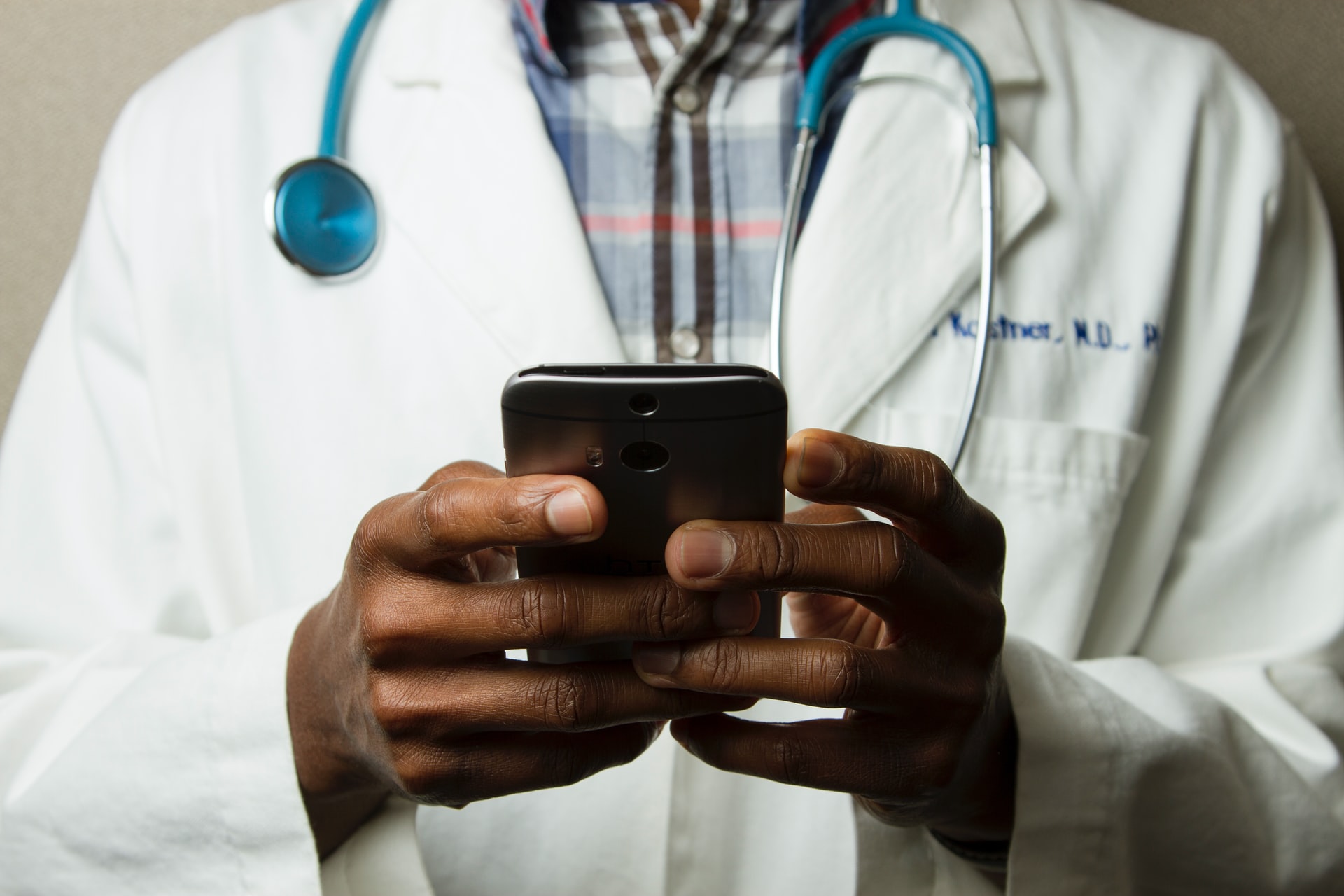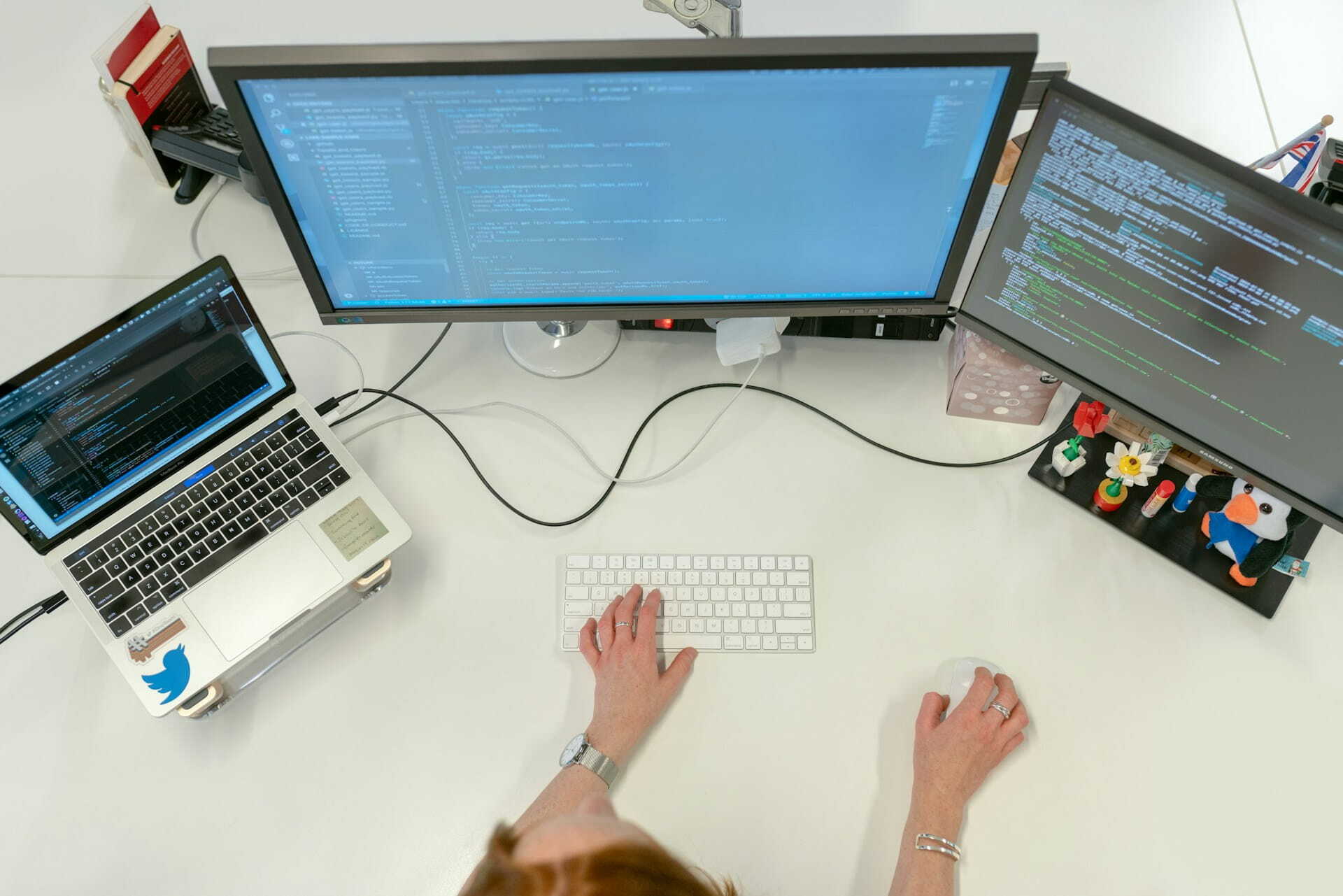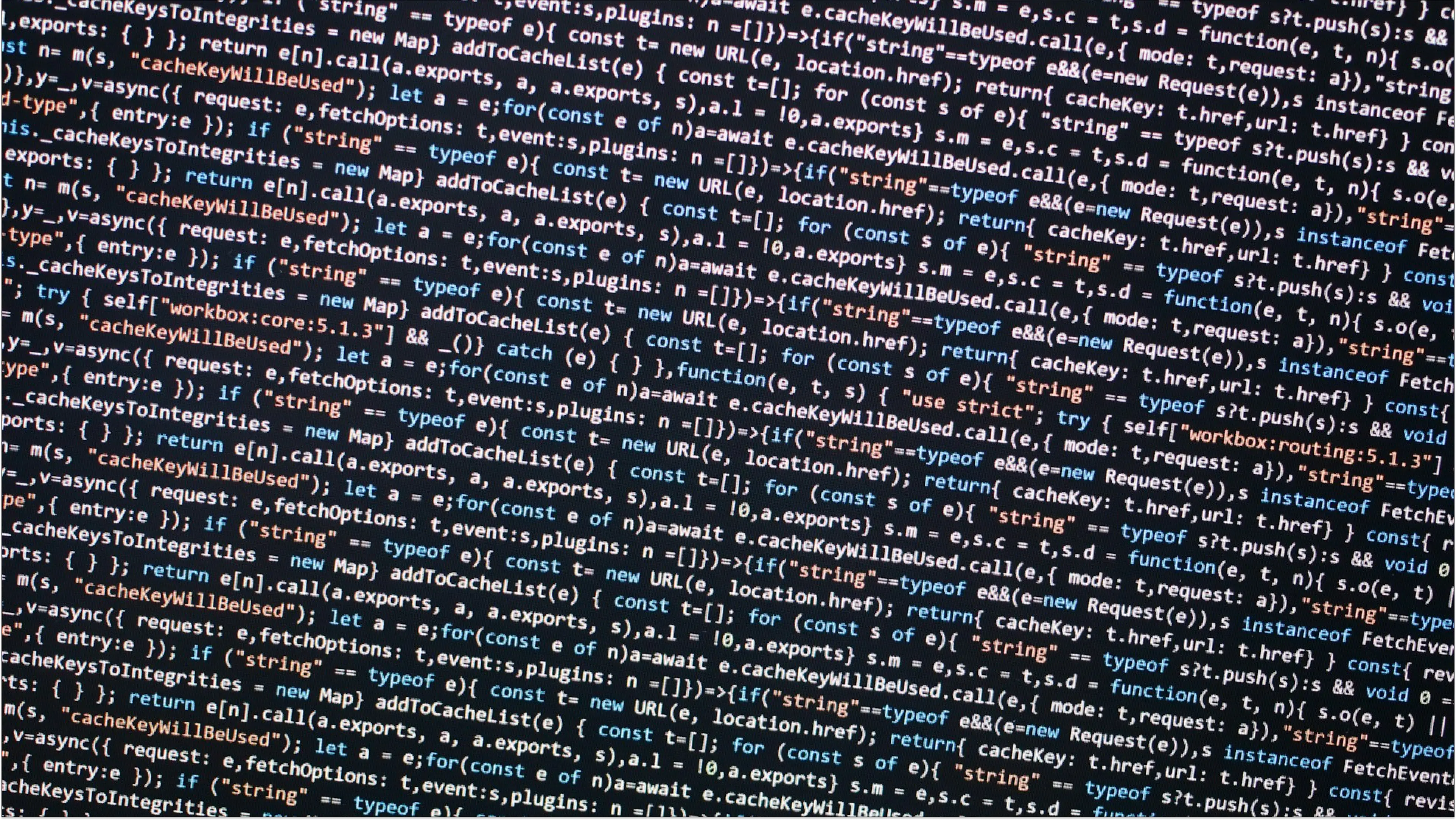28 May 2021 (updated: 28 May 2021)
Healthcare App Development Guide: Essential Aspects of Your App
Chapters

HealthTech apps involve regulatory compliance, tight information security, and, potentially, comprehensive interoperability. Learn the essential aspects of digital healthcare app development.
Introduction
Developing a HealthTech application is more complicated than your run-of-the-mill app. There are security and data privacy concerns. The issue of interoperability should also be addressed. Today, we will discuss the essential aspects of your digital healthcare app. And if you need inspiration, check out our article on the types of healthcare apps.
Let's dive in!
Data privacy and security
In our day and age, mobile application users want to first and foremost trust the application and know how it handles sensitive information. The iOS 14.5 update is a clear sign of that trend. Users want a seamless and transparent experience with all the information at their fingertips.
There are no two ways about it; data privacy and security are the first steps you should take to ensure your HealthTech app will meet legal standards and users' expectations.
Digital health applications, both user-facing and used by hospital staff, contain sensitive information, like names, dates of birth, patients' history, and much more. There are two intertwined issues here: law-mandated provisions on data privacy and mobile app security. Let's look at them in more detail.
Data privacy — GDPR & HIPAA Compliance
Providing a bit of a background, European Union created a specific mHealth program to foster well-being through mobile apps. There are over 100,000 apps on the market that include health monitoring, lifestyle, and activity tracking. There are several non-binding documents related to the mHealth program, such as the Privacy Code of Conduct for mHealth apps. However, the only legally binding document in this respect is the GDPR, i.e., the General Data Protection Regulation, published in 2016 and implemented in 2018.
According to GDPR, the so-called health data is a separate section of sensitive data. It means that the three health-specific types of data require additional protection. These are:
- data concerning health,
- genetic data,
- biometric data
It means that your HealthTech app needs to adhere to all the provisions regarding collecting and using the medical data of your users. Due to the generally complex nature of EU law, having a lawyer or a consulting firm would be a good idea. The penalties imposed by GDPR-non adherence are severe.
It's important to note that US-based companies that want to reach EU users must also abide by the GDPR provisions, especially when it comes to cross-border data transfer, data privacy, and policy compliance.
Generally, US companies observe the Health Insurance Portability and Accountability Act (HIPAA). Its counterpart of health data is the electronic Protected Health Information that needs to be likewise protected and secured.
There are a couple of crucial aspects that all HealthTech mobile app developers should be aware of:
- Is your mobile application a medical device per Medical Devices Directive (EU)? By medical device, the Directives understand a device or software for diagnosis, prevention, monitoring, treatment, or alleviation of disease. This distinction is essential because medical devices may have different governmental oversight than non-medical mHealth apps, like a fitness app.
- All data collected from the patients by the hospital, clinic, or a private medical institution need to adhere to the GDPR and/or HIPAA provision. It means that all application users need to be presented with the reason for collecting and using their personal data and how a given institution intends to use them.

Security of HealthTech mobile apps
To protect sensitive personal data, including health data, your mobile app should apply proper security measures.
Two-factor authentication seems to be a new normal; however, it shouldn’t be forgotten. Many apps provide it as an option but don't require it. In the case of the HealthTech apps, the two-factor authentication should be the default setting. There are many ways of providing the second layer of security:
- push notifications,
- one-time password,
- two-factor token, such as Google Authenticator,
- biometric authentication, such as fingerprint or face recognition.
Your users can now securely access their information. How about data management on your side? Data encryption is another essential part of data security. Both GDPR and HIPAA provide rules for medical data encryption.
What type of data should be encrypted?
- Databases and server files, with all sensitive information.
- Communication within the app, vital for doctor-on-demand applications.
- Email messages.
The last aspect of your HealthTech application security you should consider is comprehensive testing. Good testing standards implemented in the development cycle can lower the chances of an app's failure, and when sensitive data is at stake, we couldn't be more cautious. According to Accenture findings, 50% of respondents agree that "A bad digital experience with a healthcare provider ruins the entire experience with that provider" (1).
Interoperability in Healthcare
Interoperability aims at providing a seamless experience for all users of a given system. It entails the transfer of information across devices, institutions, and borders. For instance, a patient's data can be accessed by him/her in a mobile app and by the doctors within their hospital's data management system.
There are four levels of interoperability:
- Foundational — establish connectivity within your app to receive and transmit data.
- Structural — exchange of unaltered data between apps or systems.
- Sematic — enables the use of the transferred data by all parties involved.
- Organizational — all aspects of the exchange systems that make it secure, such as governance, social and legal considerations.
Interoperability necessitates common standards applied on the institutional level, meaning hospitals or clinics. Should you consider developing an application that features a transfer of data between the end-users (patients) and institutions (hospitals), the road ahead is far more complex.
Data interoperability adoption is growing, but it's slow progress, given the complexity and variety of data management systems and GDPR and/or HIPAA compliance requirements. On the other hand, healthcare institutions see lots of cost-cutting potential in interoperability. Thus, the competition in this sector is increasing as an organization that can transfer data across different solutions is less dependent on a single vendor.
One solution to the growing need for interoperability is healthcare APIs (Application Programming Interface). The Fast Healthcare Interoperability Resources (FHIR) is the industry standard for healthcare data management API.
Closing words
All in all, those who strive towards creating their own digital healthcare application, should consider the aspects of regulatory compliance, data security, and interoperability. With these issues taken into account, you users will trust your app and services it provides, sure about how you process their data and how you protect them.





